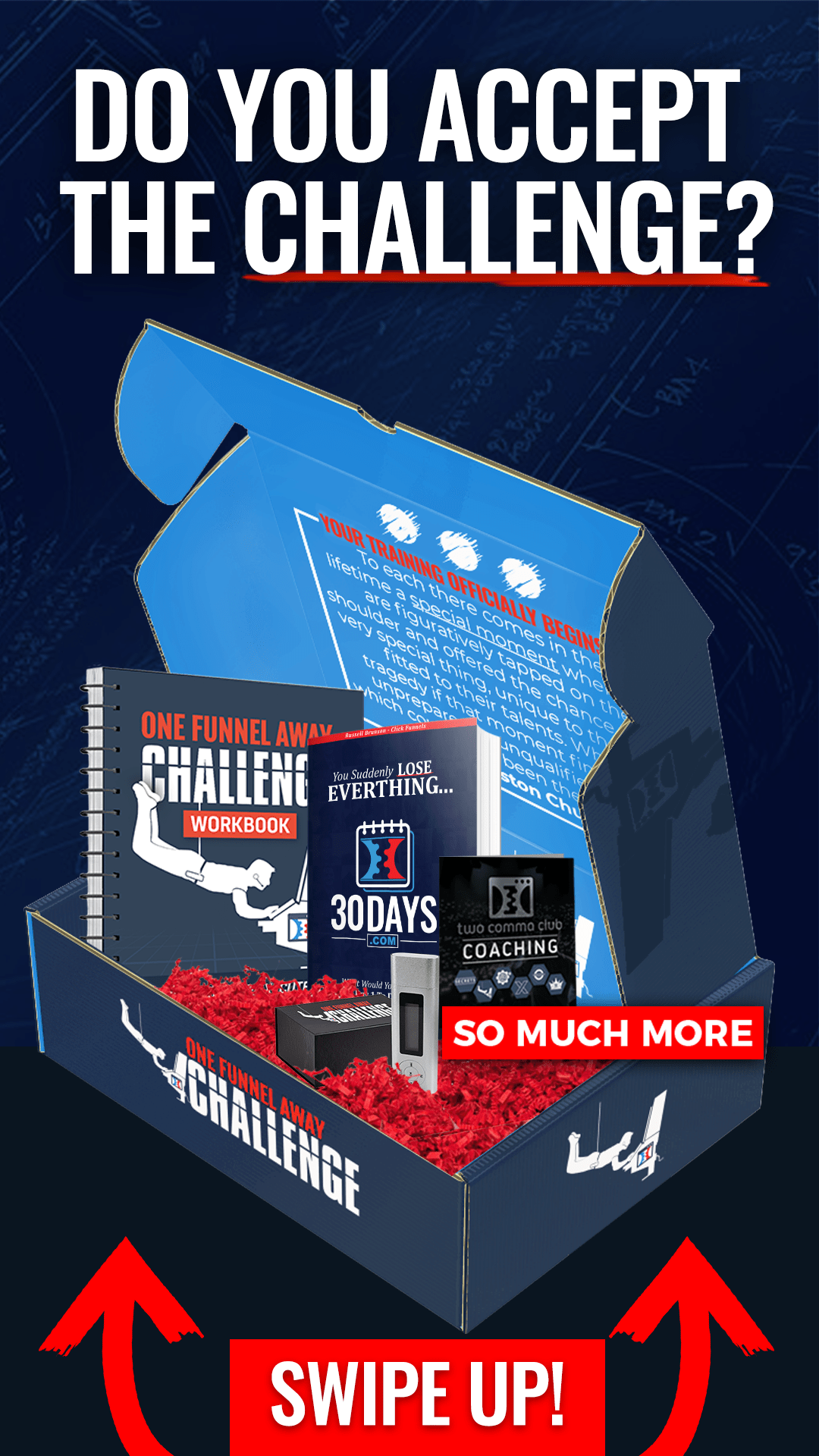There’s a common saying in the world of digital marketing that goes a little something like this: “If you try to sell to everyone, then you’ll end up selling to no-one.”
Being successful online is all about cultivating as many new customers as possible. In this article, I will show you a step by step process to map out your target audience for your business
With that fact in mind, it’s no wonder that many organizations assume that they should try to share their message with as many different people as possible.
Firstly, we will be looking at who your CUSTOMER is. That’s the very first step to take when you want to map out your target audience. Not just a random definition but niching it down to you in particular.
But my question is do you target a specific audience for your business or Just anyone that passes you by?
Now if you have been a fan of the later then you should go over and revisit your marketing strategy
Targeting a specific market doesn’t mean that you must exclude people who don’t meet with your specific criteria.
Instead, targeted marketing allows you to focus your message on the right market – and the people who are most likely to buy from you.
With your target audience defined, you can spend less, and earn more by reaching the most valuable leads in your network.
What is a target audience, and why do you need one?
A target audience profile is simply a specific group of customers most likely to respond positively to your promotions, products, and services.
Often, your target audience analysis will be based on specific factors like location, age, income, and so on. For instance, if you’re a makeup company, there’s a good chance you’ll want to appeal to women who can afford your products and live in an area you can ship to.
So, why is the target audience important? The simple answer to that question is that the channels, language, and information you use to connect with your audience might not be as effective with one demographic as it is with another.
Finding your target audience definition will help you to create a tone of voice that really speaks to your customer.
Essentially, a target audience analysis gives you direction for your marketing and ensures more consistency in your messaging, so you can build stronger relationships with customers. After all, if you know:
…What kind of people you’re talking to, you’ll know how to speak to them, where to find them, and what they want from your brand.
…How those people talk, you’ll be able to adapt your keywords and SEO strategies to rank for the right words and phrases.
…What your customers want, you’ll be able to adapt your value proposition so that your brand is relevant to a specific need or problem.
…How they compare and choose products, you can adjust your marketing campaigns to make your offering seem the most compelling.
** If the customer you’re looking for is just “everybody”, you’re making it very hard for yourself to resonate with anyone on a deeper level.
Remember, the more you connect with someone, the more likely that someone is to become an advocate and loyal customer of your brand.
The Types of Target Audiences
Now, you need to figure out who your target audience is, by looking at the characteristics you can use to separate one customer from another.
Ultimately, the best thing you can do is create a user persona that helps you to really refine your audience.
Some of the types of target audience you can look at include:
-
An age-based target audience profile:
These people are similar in age, so for your marketing, you have to understand what age group you are selling to. What age group will need what you are selling and can they afford it?
-
A geographical or “local” target audience profile:
What location can you get your products to. When you say worldwide have you prepared a medium for everyone around the world to receive your product. Do people outside your location need what you are selling?
-
A personality-driven target audience profile:
Think of what’s valuable to your customer, and what isn’t. How do your clients spend their free time? What issues do they care about?
When you’re thinking about how to identify a target audience, it’s always worth thinking about what’s valuable to your customer, and what isn’t.
How do your clients spend their free time? What issues do they care about?
For instance, if you decide you want to connect with a millennial audience that cares about social responsibility, you might invest more in showing off your ethical side.
Considering your target audience demographics.
“Why is a target audience important?” you’ll learn that you often have to combine numerous characteristics to get an effective user persona. Aside from the things mentioned above, remember to look at:
- Income or job title.
- Family or relationship status.
- Needs and aspirations.
- Problems and concerns.
- Which social media websites they use.
- Language.
- Favorite websites.
- Buying motivation.
- Gender.
- Buying concerns.
At first, a target audience analysis can seem like an easy task.
When you first began your new start-up enterprise, you probably had a basic idea of who you wanted to sell to.
After all, most products and services have a natural or obvious marketing sphere.
However, there’s more to being successful in today’s competitive world, than knowing the “basics” of who you’re talking to.
There are so many factors you can incorporate when you’re discovering how to identify a target audience.
The more you understand the wants, goals, and challenges of your customer, the easier it will be to design a company that really grabs their attention.
Steps to Map Out Your Target Audience Like A Pro.
1, Identify the needs of your target audience
As you may already know, a “Unique Selling Proposition” or USP, is one of the main ways a company can differentiate itself in any industry.
To choose a great USP, you need to put yourself in the shoes of a specific customer. Identifying the needs, expectations, and problems of your target audience not only helps you to understand them better, but it also ensures that you’re creating a product or service that’s going to have a real impact on the marketplace.
Think about what problems your target customer suffers from in their day-to-day life, and how your product solves those issues for them
b, Profile existing customers
If you’re struggling to get to know your target audience, then the easiest and fastest way is to examine your already existing customers
Even if you only have a couple of customers right now, it’s worth speaking to them and finding out what they have in common.
Loyal repeat customers can help you to understand what kind of people you should be targeting with your brand and products.
Ask for feedback from your clients when they purchase a product, and keep track of what they say, or consider inviting your clients to fill out a form or survey in exchange for a gift, discount, or freebie.
Reviews aren’t just informative, they’re also a great way to start building your word of mouth marketing campaign.
2, Create an Offer (Lead Magnet)
A lead magnet is an incentive that businesses offer to potential customers in exchange for their email address or other contact information.
Lead magnets usually offer a piece of downloadable content, such as a free PDF checklist, report, eBook, template, video training, etc.
The type of lead magnet doesn’t really matter. What’s most important about your lead magnet is that it gives your audience something they’ll find valuable.
Why should it be valuable?
Because having someone’s email address is valuable to your business and so when they hand it over to you, you’re exchanging value. You want your audience to feel confident about their choice to give you their email address. They want to trust you’re going to continue delivering valuable information.
Why do you need a lead magnet?
Getting someone’s email list is like inviting that person over to your party and in this crazy internet world, everyone is trying to invite people to their parties and you want your party to stand out. You want the best, snazziest, most interesting invitation.
That’s why you need a fantastic lead magnet. You’re inviting someone to your email list and you’re asking for space in their inbox. You want them to know that they are not going to regret giving you that space so you need to make that invitation really freaking compelling.
Your lead magnet also gives you another way to strengthen that know, like and trust factor among your audience. It gives you a shiny sparkling platform where you can showcase your knowledge and give them just a taste of what you and your business can do for them.
TYPES OF LEAD MAGNET
1. E-books 2. Webinars 3. Mini courses 4. Checklists 5. Spreadsheets 6. Toolkits 7. Planners 8. Calculators 9. Guides 10. Infographics 11. Videos 12. PDFs 13. Podcasts 14. Quizzes 15. Free trials
Creating Your Lead magnet
This is so super easy especially for those looking to create a digital product. You can use the free tool canva.com.
This is a free design tool that can help you to easily create a pretty design in png or pdf and other format or then go-ahead to use Snappa a creative online design tool for small business owners
4, Build A Landing page
The next step is to create a landing page. How do you do this?
There are basically 2 methods to achieve this
You can get a hosting and domain and set up your website
Secure a FREE domain and hosting for $3.95 monthly with BLUEHOST. Currently the BEST web hosting provider for small and large business websites
OR
Use a quick landing page creation tool – GETRESPONSE
Getresponse is a complete online marketing solution. It provides turnkey newsletter publishing and hosting features, as well as unlimited follow-up autoresponders, landing pages, webinars, marketing automation, and CRM to deliver information to your contacts and convert them to paying customers.
Through responsible and fully automated list hygiene, anti-spam practices, and established relationships with major Internet service providers and email service providers, Getresponse prides itself on the highest possible email deliverability to ensure that your messages get through to your prospective customers.
With the link I have shared you can get started with a 30day FREE trial. Go ahead and use the link – http://bit.ly/getresponse30dysfree
5, Your Traffic Source
Once you have done this the next step is how you get traffic. Your audience needs to see what you get right?
You choose to either get FREE traffic OR PAID traffic
For FREE traffic you can use sites like Facebook group, Quora, forums or youtube and search traffic from Search Engine Optimisation.(https://youtu.be/zesI3sxewYg)
For paid traffic – Facebook ads is you go to source. You can check my training on facebook ads.
See how you can get started with Facebook ads step by step process –
You can, however, optin for Google ads or Youtube ads.
Once we have signed up for these tools, we have to begin to create a follow up series, this series will help us keep these guys tuned to what you have. Getresponse will help you create an autoresponder and email follow up series.
Next is:
6, Analyse Your Competetion
Get a feel for who your competitors are targeting and ask yourself whether the demographic they’re looking at also fits with your business.
Remember, while you’re analyzing your competitors, you should also be looking for ways to fill the gaps that they’ve missed with their marketing campaigns.
This could be a great way to boost your sales potential and set yourself apart from the crowd.
Lastly:
7, Start Building Your Community
It’s not enough to know your target audience profile. If you really want to connect with a profitable market segment, then you also need to immerse yourself in the environment you’re working in.
Consider hosting events that you can attend to interact with your preferred clients, and familiarise yourself with the way that they speak, and act.
With all of this, you’d be able to map out your target audience and build a profile from the data you have so you can market better and pull your efforts to who exactly is interested in buying your products.
Here is an article I wrote about How I made my first dollar online. I shared my escapade and how I was able to break the wall easily and you to can learn from it
Quickly see more FREE tutorials on Digital Marketing and How to scale your business – CHECK YOUTUBE CHANNEL









